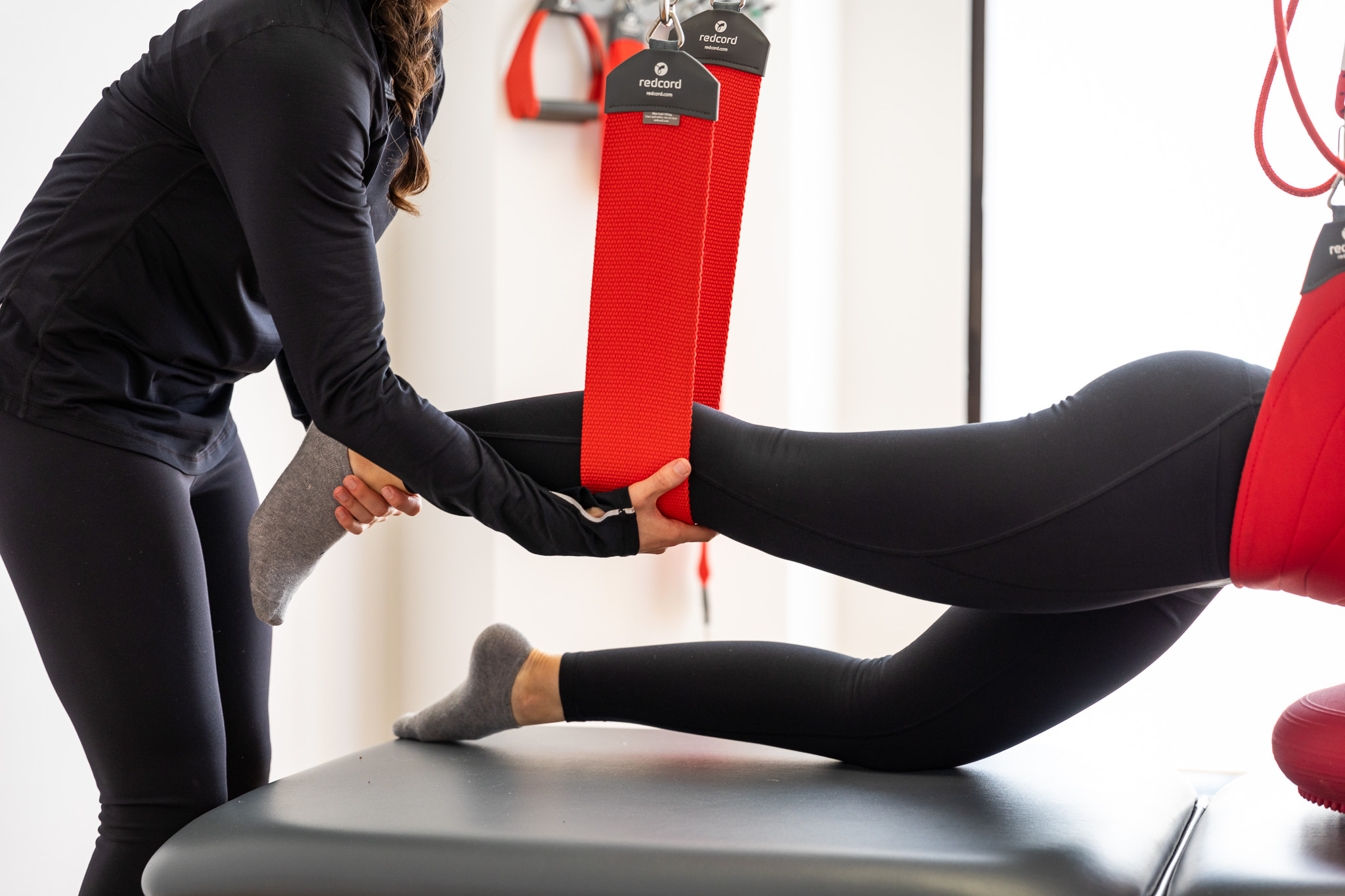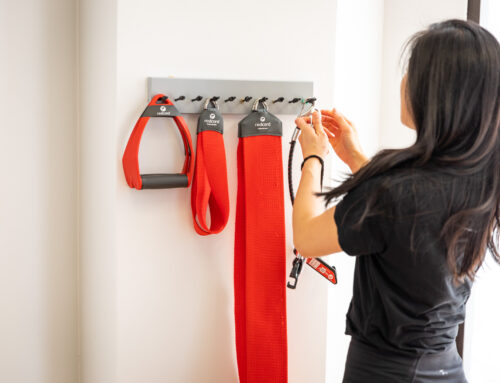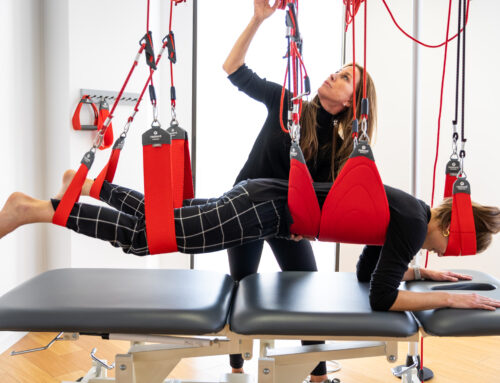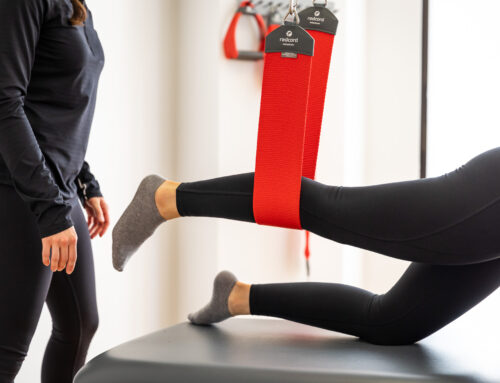An ACL (anterior cruciate ligament) injury can be a setback for athletes and active individuals, requiring a dedicated rehabilitation process to regain strength, stability, and functionality in the knee. Understanding the ACL rehab timeline is crucial in managing expectations and ensuring a successful recovery. This article will guide you through the stages of ACL rehab, offering insights into the necessary steps, exercises, and challenges involved in your journey towards a full ACL recovery.
Early Post-Injury Stage (Weeks 1-2):
Immediately after an ACL injury, the focus is on reducing pain and swelling while regaining knee range of motion. During this stage, R.I.C.E. (rest, ice, compression, and elevation) is typically advised. Physical therapy may involve gentle movements, such as ankle pumps, quad sets, and straight leg raises, to initiate muscle activation and maintain joint mobility.
Prehabilitation (Weeks 2-4):
Prehabilitation aims to strengthen the surrounding muscles of the knee, improve joint stability, and prepare the body for the upcoming surgical intervention (if applicable). Physical therapy exercises may include leg presses, hamstring curls, balance training, and core strengthening exercises. The duration and intensity of these exercises will vary based on individual needs and the recommendation of your healthcare professional.
Post-Surgical Rehabilitation (Weeks 4-12):
If surgery is required, this stage focuses on managing pain and swelling post-surgery while gradually reintroducing weight-bearing activities. Physical therapy sessions will encompass exercises to restore range of motion, muscle strength, and proprioception. Common exercises include heel slides, terminal knee extensions, step-ups, and stationary cycling. Gradually, more challenging exercises, such as single-leg squats and mini-trampolines, may be introduced under the guidance of your physical therapist.
Intermediate Rehabilitation (Months 3-6):
During this phase, the emphasis is on enhancing knee strength, stability, and functional movements. Physical therapy will include exercises to improve balance, coordination, and agility. Lunges, step-downs, lateral movements, and resistance training with bands or weights may be incorporated to rebuild muscular strength and endurance. It’s important to progress gradually and follow the guidance of your physical therapist to prevent reinjury.
Advanced Rehabilitation (Months 6-9):
In this stage, the focus shifts towards sport-specific training and preparing for a return to athletic activities. Physical therapy will involve dynamic movements, plyometric exercises, and sport-specific drills to improve agility, power, and neuromuscular control. The goal is to simulate the demands of your specific sport and ensure a smooth transition back to full activity.
Return to Sport (9 months and beyond):
The final stage involves a comprehensive assessment by your healthcare professional to determine your readiness for a safe return to sports. Factors such as functional performance, strength, stability, and psychological readiness will be evaluated. Gradual reintroduction to sport-specific activities and training sessions will follow, with ongoing monitoring and adjustments as needed.
Understanding the ACL rehab timeline is crucial for individuals recovering from an ACL injury. Patience, commitment, and following the guidance of your healthcare professional and physical therapist are essential for a successful recovery. Each stage of the ACL rehab process has its objectives and challenges, but with proper care, exercises, and support, you can regain strength, stability, and functionality in your knee. Remember, ACL rehab is a journey that requires dedication and perseverance. Embrace the process, stay focused, and soon you’ll be back to doing what you love with confidence and strength.
Call our Santa Monica office at (310) 453 – 6166 to schedule a treatment, or book an appointment online now.





